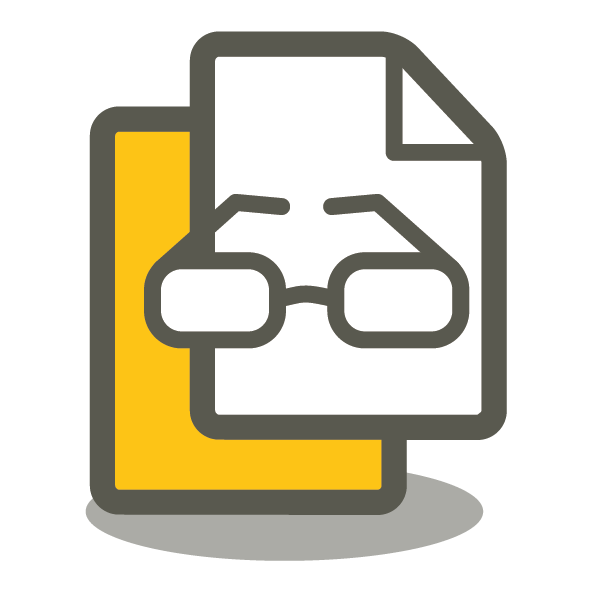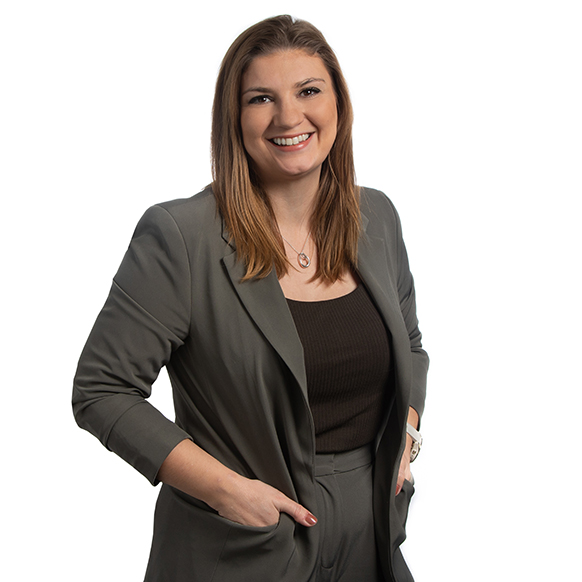The guidelines governing capital allowances underwent a revision this April, following the termination of the super-deduction scheme. Understanding the differences between the available allowances is crucial for enhancing tax savings and bolstering cash flow, particularly in the early stages of a tech enterprise, where capital investments may be significant.
Which types of purchases qualify for capital allowances?
The super-deduction, full expensing, and first year allowances
The super-deduction scheme, that provided up to 130% tax relief on qualifying capital expenses, is no more. To retain the UK’s appeal to business owners and stimulate further investment, the government initiated ‘full expensing’ from April 2023.
Much like its predecessor, full expensing is a form of first year allowance. Under the full expensing scheme, businesses are eligible to receive an immediate tax deduction of 50% or 100% for special rate and main rate purchases respectively, for new qualifying expenses during the year of purchase. Importantly, any proceeds earned from the sale of the asset will be subject to taxation.
While full expensing is beneficial for companies with substantial capital spending, there are exclusions, such as cars, gifts, and assets subsequently leased to another party.
For a lower level of investment companies might not require full expensing, as the Annual Investment Allowance remains a significant allowance for smaller businesses.
100% first-year allowances for electric cars with zero CO2 emissions electric remain available.
The Annual Investment Allowance (AIA) and Writing Down Allowances (WDA)
The AIA has been set at £1m indefinitely. Although unavailable for cars, the AIA can be applied to second-hand items ineligible for full expensing. It’s important to note that companies in a group or under common control are collectively entitled to one AIA.
After fully utilising AIA, Writing Down Allowances (WDA) are accessible at 18% per annum for main rate assets and 6% per annum for special rate assets for expenditure on e.g., cars or second-hand assets.
If a company’s capital asset investment exceeds £1m, and encompasses a mix of main rate, special rate, new, and second-hand purchases, it’s important to consider using AIA against the special rate and/or second-hand purchases. This is crucial for maximising your tax savings, contingent upon each company’s unique circumstances.
Which intangible assets qualify for capital allowances?
Tech-oriented companies typically allocate substantial time and resources to software, research and development (R&D), and building intellectual property. The corporate intangible assets regime applies to qualifying intangible assets like patents, copyrights, and software costs. Tax treatment aligns with the accounting treatment, enabling companies to deduct the amortisation from taxable profits spread over an asset’s anticipated lifespan.
It’s imperative to differentiate between revenue and capital expenditure when purchasing software. Recurring license costs are generally revenue in nature. In instances of a single payment for computer hardware and a software license, the cost may need apportioning between capital and revenue expenditure.
Companies can elect in the tax return to treat internally developed software as eligible for capital allowances, resulting in full capital allowances rather than amortisation and aiding short-term cash flow.
However, fluctuations in tax rates should be monitored to determine the most beneficial approach.
Typically, website development costs encompass a mix of revenue and capital expenditure. Research, planning, and ongoing maintenance are usually accepted as revenue expenditure. Design and content development costs that aids direct revenue generation can be treated as capital expenditure, thus enabling capital allowances.
Regarding crypto assets, purchases do not qualify for capital allowances. Transactions involving crypto assets will typically fall under corporate gains capital tax rules. However, crypto mining transactions constituting a trade, for example, may enable assets purchased for that trade to qualify for capital allowances. Given the evolving nature of crypto taxation, seeking advice is always recommended.
Other claims available to businesses
R&D
R&D tax relief remains accessible under the SME and the Research and Development Expenditure Credit (RDEC) scheme, for qualifying innovative science and technology projects. The government is currently considering merging the schemes into a single R&D regime to reduce R&D tax fraud, leading to increased HMRC checks and enquiries, making professional adviser engagement advisable.
Research and Development Allowance (RDA)
The RDA is available for capital expenditure on assets used for qualifying R&D activities, offering a 100% deduction on qualifying expenses, including facilities like buildings that typically do not qualify for capital allowances.
Patent Box
Companies that own or hold exclusive licenses for patents, and have conducted eligible development on those patents, can benefit from the Patent Box. This scheme incentivises intellectual property investment by allowing companies to apply a reduced rate of corporation tax to profits generated from the patented inventions.
Structures and Building Allowance (SBA)
SBA is currently available at a flat rate of 3% per annum, relevant for instances such as moving into new office spaces. This allowance cannot be claimed on residential property or for items already qualifying for capital allowances but can offer additional tax savings when significant fit-out or refurb costs are incurred.
Conclusion
Navigating the intricate tax regulations and evolving allowances without professional guidance can be challenging. Given the diversity of incentives available, tailored professional advice is essential to maximise access to capital allowances for a company and safeguard its financial health.
For specialist tax advice relating to your capital investments, please contact Georgia Gibson-Smith from the Menzies Technology Sector Team or contact us below.








